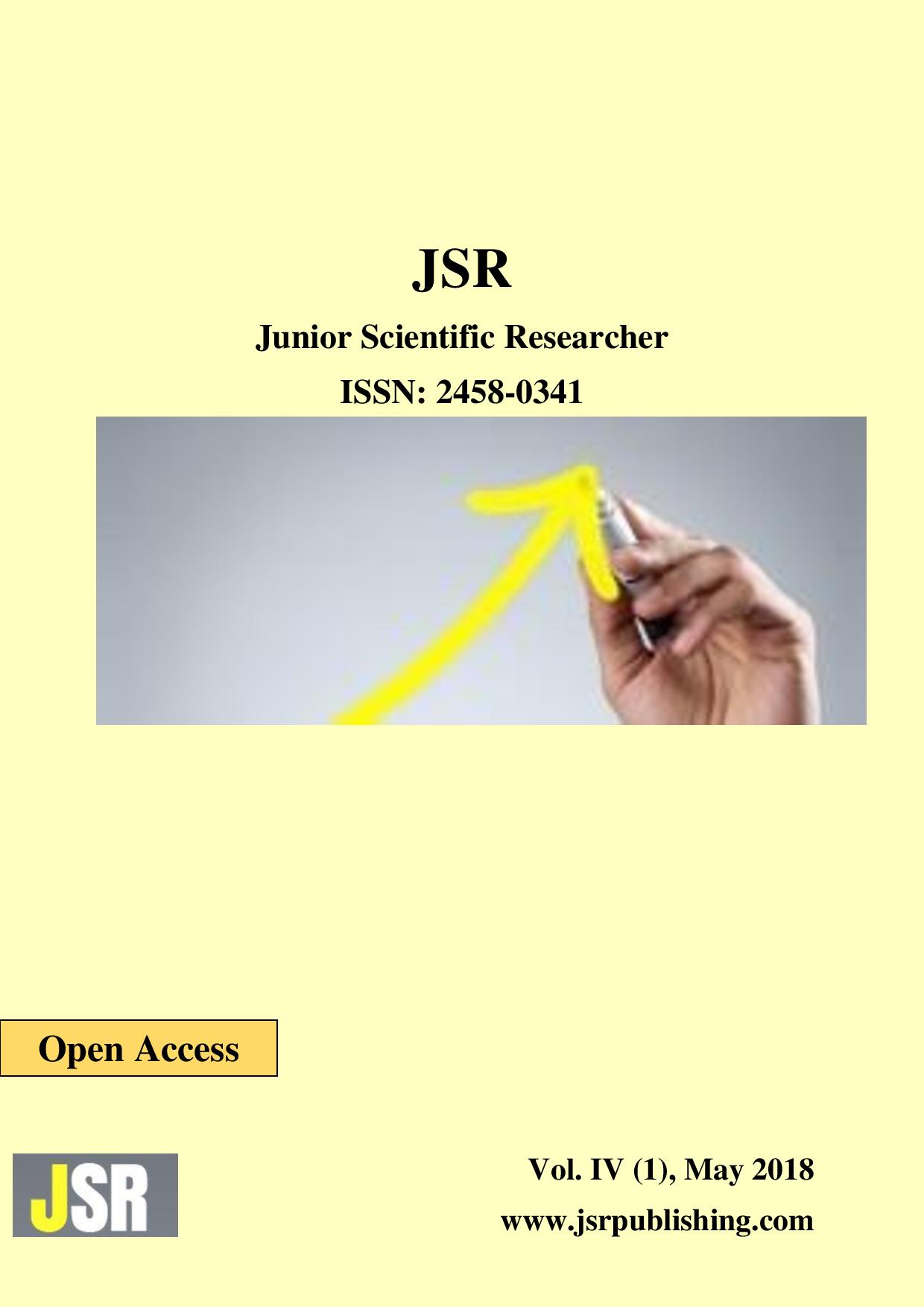AN INVESTIGATION INTO TWO MODES OF ECCENTRIC HAMSTRING TRAINING ON PARAMETERS OF STRENGTH AND FATIGUE RESISTANCE
AN INVESTIGATION INTO TWO MODES OF ECCENTRIC HAMSTRING TRAINING ON PARAMETERS OF STRENGTH AND FATIGUE RESISTANCE
Author(s): David John RocheSubject(s): Social Sciences, Health and medicine and law, Sports Studies
Published by: Research Publishing SRL
Keywords: Eccentric; Hamstring; Nordic Hamstring Curl; Angle Peak Torque; Strength; Endurance;
Summary/Abstract: Purpose: Despite the high incidence of hamstring strain injuries in several popular sports, definitive research on their causation and prevention is limited. Studies show fatigue and also hamstring eccentric weakness as causes for hamstring injuries. It begs the question “which way may be the best to train hamstrings to prevent injury. Methods: Eccentric hamstring peak torque and angle of peak torque toque were measured using the Kin Com dynamometer at 60˚s1 /s (type, 125 AP, Chattanooga, TN, USA) before and after a modified L.I.S.T fatigue protocol. Participants were divided into two groups and underwent four weeks of eccentric hamstring training, then retested. The strength group used Nordic Hamstring Curls and the endurance group used Assisted Nordic Hamstring Curls. Results: The results showed a significant difference in peak torque in both groups (strength- .00, Endurance- .01). Both groups did not show a significant difference in angle of peak torque, however the results showed an increase to longer muscle lengths of 18.28% and 26.95% for endurance and strength groups respectively Conclusions: The strength training intervention shows the greatest improvement on both peak torque and angle of peak torque.
Journal: Junior Scientific Researcher
- Issue Year: 4/2018
- Issue No: 1
- Page Range: 99-120
- Page Count: 24
- Language: English

